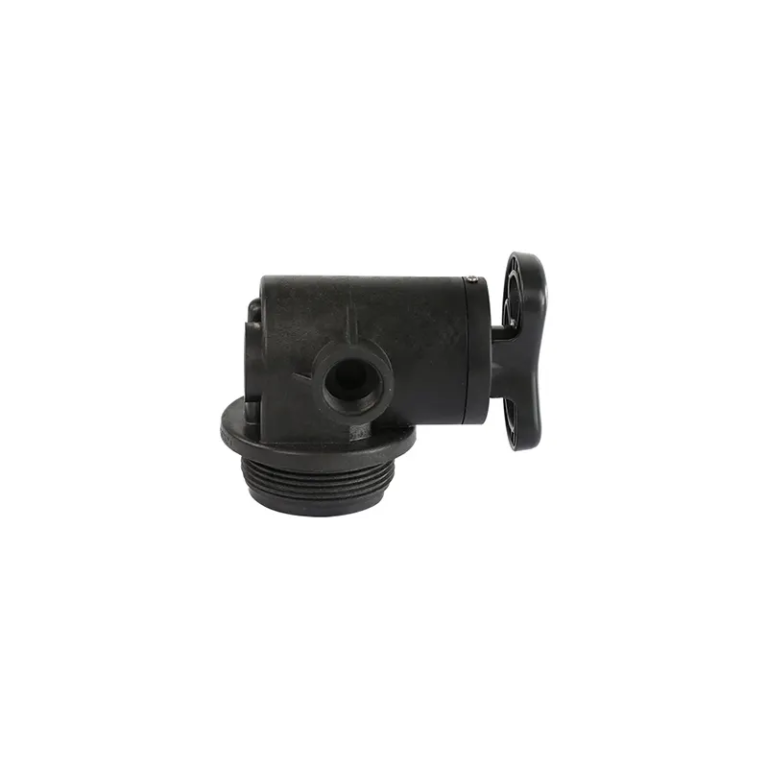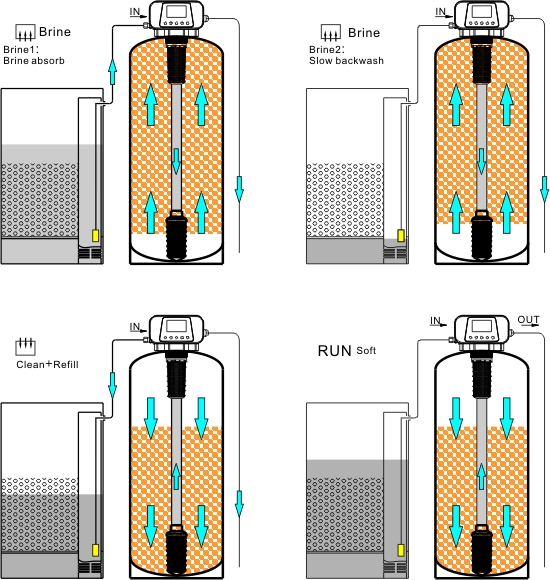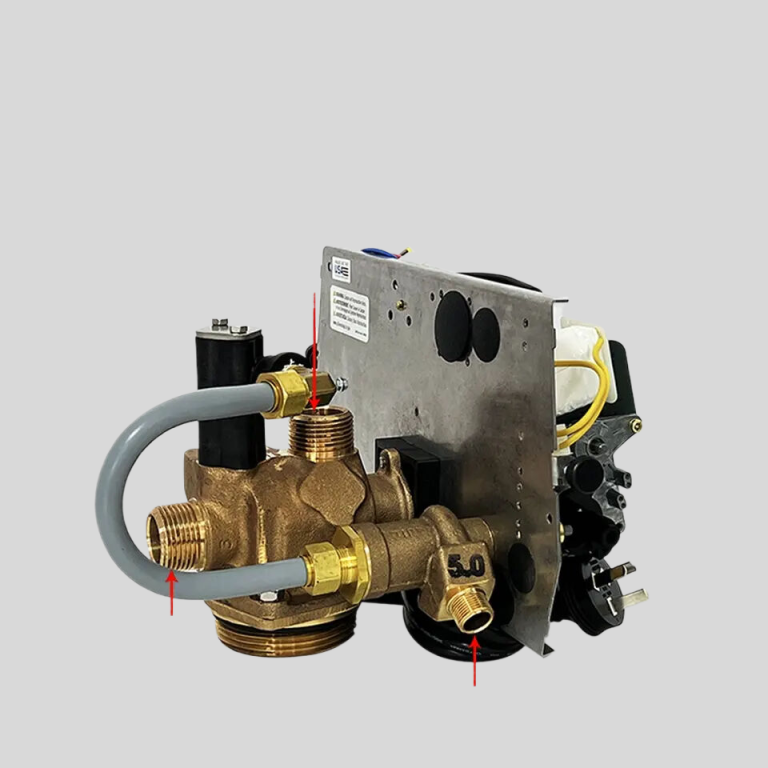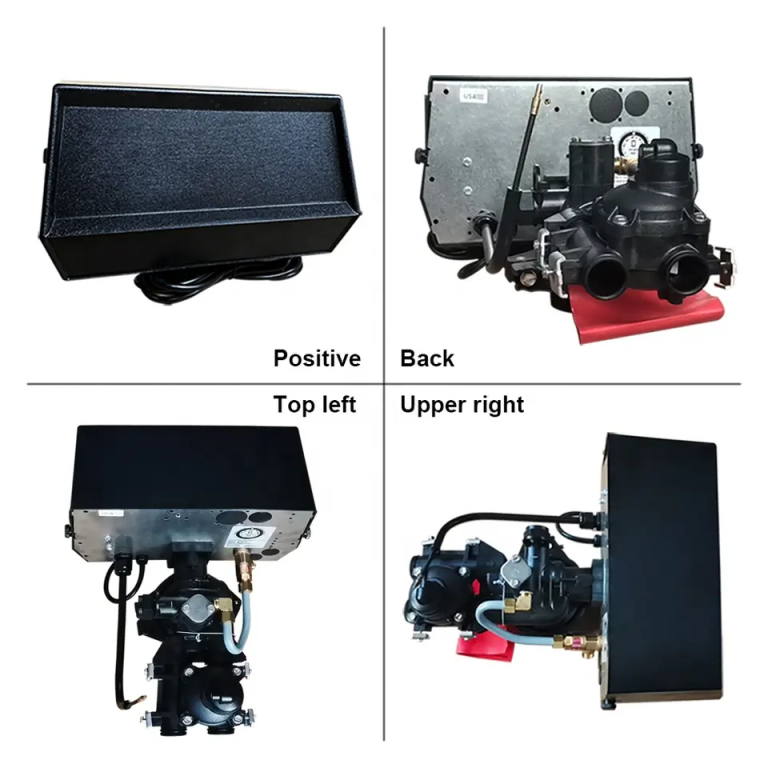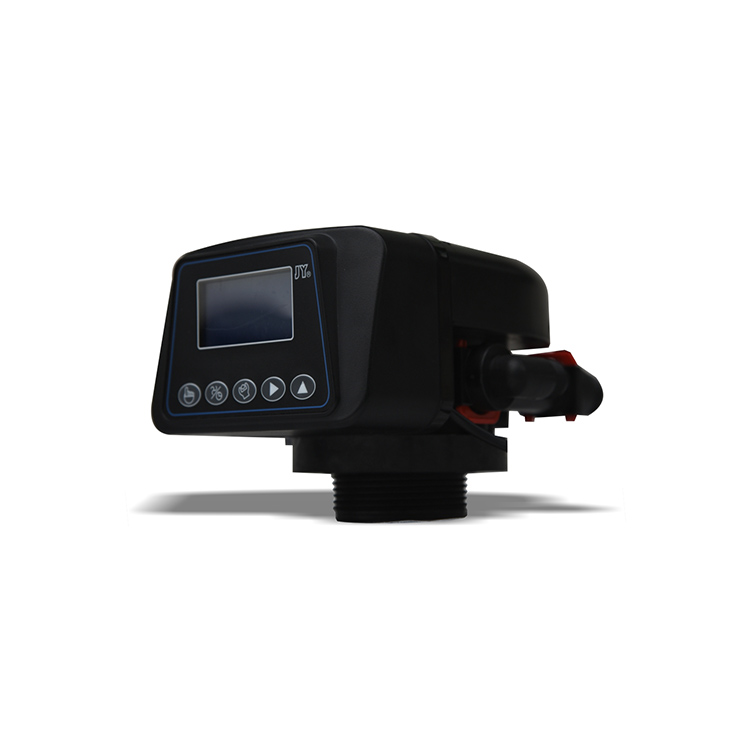“Preventing leaks, ensuring performance.”
Table of Contents
Importance of Seat Leakage Test for Control Valves
Control valves are essential components in various industries, as they play a crucial role in regulating the flow of fluids within a system. These valves are designed to control the pressure, temperature, and flow rate of liquids or gases, ensuring the smooth operation of industrial processes. However, like any mechanical device, control valves are prone to wear and tear over time, which can lead to leakage issues.
One of the most common problems associated with control valves is seat leakage. Seat leakage occurs when the valve’s sealing surfaces fail to provide a tight seal, allowing fluid to leak through the valve. This can result in inefficiencies in the system, increased energy consumption, and potential safety hazards. To prevent these issues, it is essential to conduct regular seat leakage tests on control valves.
Seat leakage tests are designed to evaluate the performance of a control valve‘s sealing surfaces under various operating conditions. By subjecting the valve to different pressure differentials and flow rates, engineers can determine the extent of seat leakage and identify any potential issues that may need to be addressed. These tests are crucial for ensuring the reliability and efficiency of control valves in industrial applications.
There are several methods for conducting seat leakage tests on control valves, including the hydrostatic test, pneumatic test, and vacuum test. Each method has its advantages and limitations, depending on the type of valve and the operating conditions. The hydrostatic test, for example, involves pressurizing the valve with water to check for leaks, while the pneumatic test uses compressed air to detect any leakage. The vacuum test, on the other hand, creates a negative pressure environment to assess the valve’s sealing capabilities.
Regardless of the method used, seat leakage tests are essential for maintaining the integrity of control valves and ensuring their proper functioning. By identifying and addressing any leakage issues early on, engineers can prevent costly downtime, equipment damage, and safety risks in industrial processes. Regular seat leakage tests can also help extend the lifespan of control valves and optimize their performance over time.
| Category | Type | Feature | Model | Inlet/Outlet | Drain | Base | Riser Pipe | Brine Line Connector | Water Capacity m3/h |
| Advanced Function automatic softener valve | Upflow Type | dry brine tank | ASE2 | 1/2″, 3/4″, 1″ | 1/2″ | 2.5″ | 1.05″ OD | 3/8″ | 2 |
| ASE4 | 3/4″, 1″ | 1/2″ | 2.5″ | 1.05″ OD | 3/8″ | 4 |
In addition to conducting seat leakage tests, it is crucial to establish proper control valve maintenance and inspection procedures to prevent leakage issues. This includes regular cleaning, lubrication, and calibration of the valve components to ensure smooth operation and tight sealing. By implementing a comprehensive maintenance program, operators can minimize the risk of seat leakage and prolong the service life of control valves in industrial applications.

Overall, seat leakage tests are a critical aspect of control valve maintenance and performance optimization. By evaluating the sealing surfaces of control valves under various operating conditions, engineers can identify and address any leakage issues before they escalate into more significant problems. With proper testing and maintenance procedures in place, control valves can continue to operate efficiently and reliably in industrial processes, ensuring the safety and productivity of the system.
Common Causes of Seat Leakage in Control Valves
Seat leakage in control valves is a common issue that can lead to inefficiencies and potential safety hazards in industrial processes. Understanding the causes of seat leakage is crucial in order to prevent and address this problem effectively.
Another common cause of seat leakage in control valves is improper installation. If the valve is not installed correctly or if the seating surfaces are not aligned properly, it can result in leaks. It is important to follow manufacturer guidelines and recommendations when installing control valves to ensure proper alignment and seating of the valve components. Additionally, using the correct tools and techniques during installation can help prevent seat leakage issues.
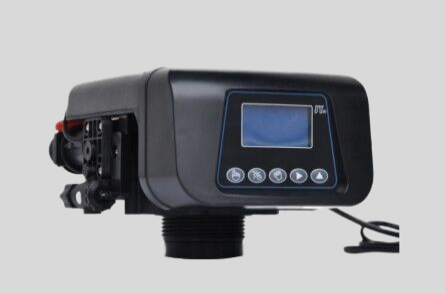
In some cases, seat leakage in control valves can be caused by foreign material or debris that becomes trapped between the valve plug and seat. This can prevent the valve from sealing properly and lead to leaks. Regular cleaning and maintenance of control valves can help prevent the buildup of debris and ensure that the valve operates smoothly. Using filters and strainers in the valve system can also help prevent foreign material from entering the valve and causing seat leakage.
Improper maintenance practices can also contribute to seat leakage in control valves. Neglecting to lubricate the valve components or failing to replace worn seals and gaskets can lead to leaks over time. It is important to follow a regular maintenance schedule and perform routine inspections of control valves to identify and address any issues before they escalate. Proper maintenance practices can help extend the life of control valves and prevent seat leakage problems.
In some cases, seat leakage in control valves can be caused by excessive pressure or temperature fluctuations. High pressure or temperature variations can put stress on the valve components and cause them to deform or fail, leading to leaks. It is important to ensure that control valves are properly rated for the operating conditions in which they are used and to monitor pressure and temperature levels to prevent damage to the valve components.
In conclusion, seat leakage in control valves can be caused by a variety of factors, including wear and tear, improper installation, foreign material, improper maintenance practices, and excessive pressure or temperature fluctuations. By understanding the common causes of seat leakage and taking proactive measures to prevent and address these issues, industrial processes can operate more efficiently and safely. Regular maintenance, proper installation, and monitoring of operating conditions are key to preventing seat leakage in control valves and ensuring the reliable performance of these critical components.
| Model | AFC2-LCD | AFC2-LED |
| Working Position | Filter->Back wash 1->Back wash 2-> Fast rinse -> Filter | |
| Regeneration mode | Automatic | Automatic |
| Time by day :0-99days | Time by day :0-99days | |
| Time by hours:0-99 hours | Time by hours:0-99 hours | |
| In (inlet of valve) | 1/2”F | 1/2”F |
| I1(inlet of first filter) | 1/2”F | 1/2”F |
| I2(inlet of second filter) | 1/2”F | 1/2”F |
| Drain | 1/2”M | 1/2”M |
| D1( Drain of first filter) | 1/2”M | 1/2”M |
| D2(Drain of second filter) | 1/2”M | 1/2”M |
| Water capacity | 2m3/h | 2m3/h |
| Working pressure | 0.15-0.6Mpa | |
| Power Supply | AC100-240V/ 50-60Hz / DC12V-1.5A | |

